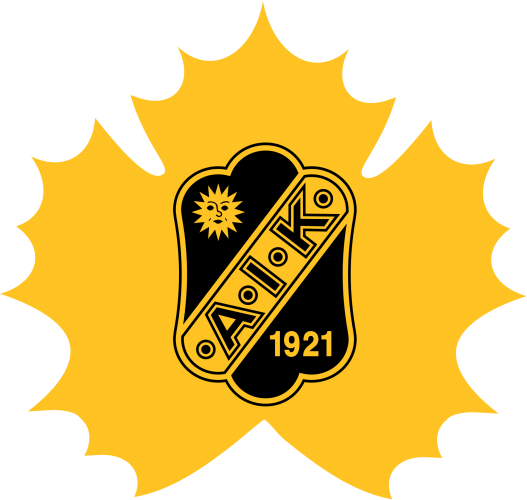
Valter Lindberg (C, L, 5’10”, 172, Skelleftea AIK, 07/13/2006)
Valter Lindberg is a cerebral, two-way forward with elite hockey sense, elite puck distribution habits, and top-of-the-class game processing ability. He is highly productive at the J20 level and has earned a consistent SHL role in this draft year — a rarity for a smaller, pass-first forward. Despite significant limitations in his physical tools, Lindberg remains one of the most efficient puck movers and intelligent offensive zone facilitators in this draft class. He thrives in possession, reads the ice a step ahead, and rarely turns the puck over.
Why Valter Lindberg Should Be an NHL Draft Pick:
- Elite Hockey Sense and Vision
Lindberg completes an elite 93% of his passes, and nearly 1 pass per game (0.97) leads directly to a Grade “A” chance for a teammate — elite distribution metrics that speak to his precision, patience, and understanding of timing. His 2.5 giveaways per game is well below average, which paired with his 3.1 takeaways and 1.42 shot recoveries paints a clear picture: he’s constantly creating with minimal risk. - Offensive Production and Play Driving at Every Level Except the SHL (So Far)
Lindberg has produced 48 points in 28 J20 games (1.71 PPG) and posted 5 points in 4 games with Sweden’s U19 team. His 38 assists at the J20 level lead all Skelleftea forwards, and he’s tied for the team lead in overall scoring despite playing fewer games. He is clearly the engine of that team’s offense, and he does it with pace, efficiency, and creativity. - Versatility and Faceoff Strength
Despite his size, Lindberg wins 57% of his faceoffs — an excellent number for a teenager playing a high-responsibility center role. He’s also been used consistently on both the power play (1:45 per game) and penalty kill (0:43 per game), which reflects the coaching staff’s trust in his defensive detail, positioning, and poise under pressure. - SHL Experience and Track Record of Progression
Lindberg has 29 SHL games under his belt this season, no small feat for an undersized player. Even though the point production is modest, he has managed to play meaningful minutes without being overwhelmed — showing his brain can translate, even if his body isn’t quite ready.
Why Valter Lindberg Should Not Be an NHL Draft Pick:
- Concerning Lack of Physical Tools
At 5’10”, 172 lbs, Lindberg is below average in size and well below average in physical impact. He gives just 0.07 hits per game — a number that illustrates a total lack of physical engagement. He receives 0.32 hits per game but rarely initiates. His inability to impose himself physically or separate opponents from pucks will be exposed at the next level unless he adds significant lower body strength, core power, and explosiveness. - Major Shooting Volume and Finishing Concerns
Lindberg is a pass-first facilitator, but the numbers suggest he is too passive with the puck:
Just 1.76 shot attempts per game
Only 0.81 Grade “A” scoring chances
Scores on just 8% of those chances
For a player who dominates puck touches in the offensive zone, these are alarmingly low numbers. He must develop confidence as a shooter, improve his release mechanics, and learn to manipulate his shooting angle and release point to pose a legitimate threat at even strength.
- Strength-Driven Inconsistencies Against Men
In 29 SHL games: 1 goal, 4 assists, -4.
In 4 U20 international games: 1 point.
These numbers confirm that Lindberg struggles to impose himself against older, stronger players. He does not yet have the speed, lower body strength, or quick-strike mentality to translate his J20 dominance to the pro level. His ability to create at the NHL level will depend almost entirely on his development physically.
Projection and Recommendation:
Draft Range: Late 2nd to Early 4th Round
NHL Projection: Middle-six playmaker who drives offense through transition and excels on the power play if strength improves
Comparable: Teuvo Teravainen
Final Take:
Lindberg is a fascinating evaluation. On paper, he lacks the raw tools NHL teams typically prioritize: he’s undersized, he doesn’t shoot much, and his transition to the SHL has yielded minimal offense. But what he does have is rare: elite hockey sense, elite puck management, and elite passing touch. Those attributes don’t develop late — you either have them or you don’t.
If his development team can help him add strength and teach him to be more assertive with the puck, Lindberg could become a highly effective NHL forward who drives possession, elevates his linemate’s play, and thrives in the possession game.
Recommendation: Draft in the third round. The risk is tied to his frame and physical readiness, but the skill and hockey brain are too good to pass up any later. With the right development plan, Lindberg is a player who could quietly become a second-line NHL center in four years.
